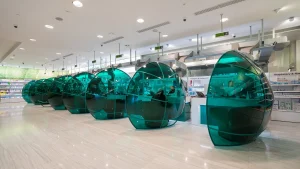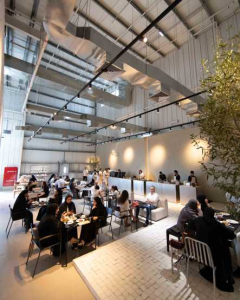How To Choose Premium Landscaping Materials

The selection of landscaping materials is based on strength, appearance, and how well they match outdoor surroundings. Each element is added with care to support balance and consistency. Here, we will share some tips on finding the best materials for premium landscaping.
Match with the outdoor setting:
When selecting landscaping materials, the first step is to check how well they match the outdoor surroundings. Pale stones may suit open areas, while deeper tones may work better near dense planting. Materials that blend with nearby features such as garden beds, paths, or borders often provide a more connected look.
Durability and surface strength:
Some areas may have higher use than others. Pathways, driveways, and patios can face more wear. In these cases, dense materials with firm surfaces are preferred. Their weight and composition should support daily use while keeping their form over time. Thinner or brittle materials are better suited to light-use areas.
Natural variation in pattern:
Premium landscaping materials often show a slight variation in their look. This might include differences in grain, shading, or texture across each unit. These details keep the surface from appearing flat or artificial. When arranged with care, this variation gives a more balanced and grounded appearance to outdoor areas.
Edge finishing and uniform size:
Materials with clean edges and a uniform size help with precise placement. Paving stones, planks, or panels that follow a standard shape allow for straight lines and even spacing. This kind of finish is especially useful in modern designs, where clear structure and consistency are part of the overall look.
Tone and light reflection:
Some materials reflect more light than others. Lighter tones may brighten shaded areas, while darker tones may lower glare in bright surroundings. Matching material tone with nearby planting and built features creates a more complete outdoor setting. Subtle tones also work well when paired with water features or garden lighting.
Resistance to moisture and heat:
Outdoor areas face changes in temperature, rainfall, and light. Certain materials are better suited to these shifts. Stones that dry quickly or woods treated to resist heat may be better placed in exposed zones. In shaded or wet areas, materials with a rougher surface may be more suitable for grip.




